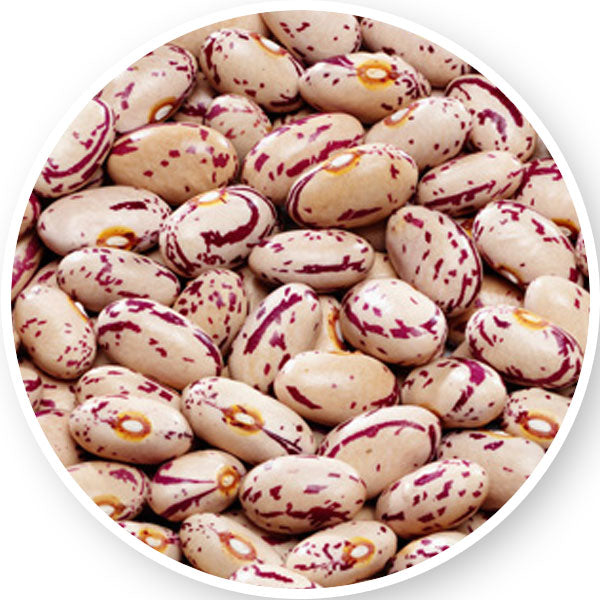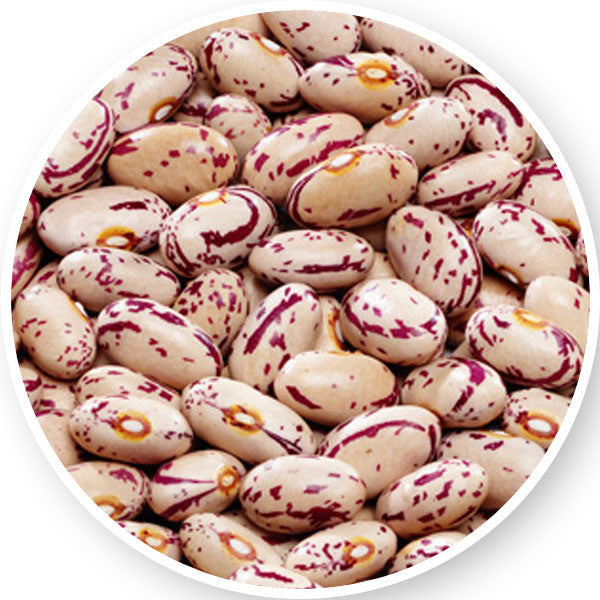Essential Guide to Sunflower Production in South Africa
Caiphas MuyamboShare with someone
Sunflowers, belonging to the genus Helianthus (with 'helios' meaning sun and 'anthos' meaning flower), are versatile plants that can grow from 1 to 2 meters in height, depending on the variety. Most available sunflowers with high oil content have an impressive oil content of 38-42% and around 20% protein. In South Africa, the top sunflower-producing regions are the Free State, North West, and Limpopo.
Sunflower is a resilient crop, particularly suited to drought-prone areas, thanks to its deep root system, strategic leaf orientation, and high water-use efficiency. This adaptability makes it a favoured choice in the marginal cropping areas of South Africa. Additionally, sunflower cultivation involves relatively low input costs compared to other summer crops like maize and soybeans.
Sunflowers thrive in a wide range of soil textures, with clay content between 10% and 55%. Their deep roots enable the crops to access water and nutrients from less fertile soils. For example, in the North Western Free State, where clay content is less than 10%, and in the North West and Limpopo regions, with more than 10% clay content, sunflowers are majorly produced. However, sunflowers do not perform well in soils with a pH lower than 6.0-7.5. If soil tests reveal low pH, lime should be applied at least three months before planting to enhance nutrient availability.
Despite the challenge of Sclerotinia infections, sunflower production has been on the rise, with a 10-year average of 580,000 hectares. The Free State, North West, and Limpopo contribute about 48%, 17%, and 33%, respectively, to this total, with other provinces sharing the remainder. Current average yields range between 1 ton/ha and 1.5 tons/ha. Notably, there are no genetically modified sunflower seeds available; the only advanced option is the Clearfield® Plus (a trademark of BASF) technology, which provides effective control of broadleaf and grass weeds.
Sunflowers are grown for various uses, including cooking oil, animal feed, cosmetics, and human consumption in cereals or as salted snacks. This diverse utility, combined with the crop's adaptability and economic viability, underscores its importance in South African agriculture

Climatic requirements
Oil concentration is influenced by temperatures. Sunflower is adapted to a wide temperature range and is mainly produced in semi-arid regions. The oil concentration and oil quality are influenced by the temperature changes. Moderate temperatures during the seed-filling period Favour a high oil content and quality whereas high temperatures and extremely cold temperature leads to low yield and poor quality. Sunflowers thrive in temperatures ranging from 20°C to 25°C. The crop can tolerate higher temperatures up to 30°C, but excessive heat above 35°C, especially during the flowering and seed-filling stages, can reduce yield and oil quality.
Germination Temperature: Sunflower seeds germinate best at soil temperatures of 8°C to 10°C. Although seeds may germinate at temperatures around 5°C, the process is slow.
Growth temperature: Temperature is the most important factor determining the developmental rate of sunflowers. As it gets warmer, the growth rate increases. Sunflower can tolerate extreme temperatures during the growth phase. After the six-leaf (or V6) stage, it becomes very susceptible to frost.
Frost Sensitivity: Sunflowers are sensitive to frost, particularly during the seedling stage. Late planting especially the areas prone to frost such as the Free State is not recommended as the seeding stage may coincide with frost conditions around autumn. In Limpopo, an area where winters are warmer, farmers may get away with December and January planting.
Rainfall and water use: Sunflowers require moderate rainfall, ideally between 500 mm and 750 mm per growing season. While the crop is relatively drought-tolerant and can grow in areas with lower rainfall, supplemental irrigation may be necessary in very dry periods to achieve optimal yields.
Soil and land preparation
Proper land preparation is crucial for successful sunflower crop production. The following steps should be taken:
- Soil Testing: Conduct a soil test to determine pH, nutrient levels, and soil texture. Sunflowers prefer well-drained soils with a pH of 6.0 to 7.5. Same as the pH for maize.
- Ploughing: Plough the field to a depth of 20-30 cm to improve soil aeration and root penetration.
- Harrowing: Use a harrow to break up clods and create a fine seedbed to facilitate germination and emergence
- Soil Amendments: Based on soil test results, apply lime to adjust pH if necessary and incorporate organic matter to improve soil structure.
Fertiliser Management
Sunflowers have specific nutrient requirements for optimal growth. Any fertilizer application must be based on soil analysis results. Sunflower responds well to N and P applications. Application of N should be done before head initiation to facilitate head size, oil content, leaf number, and a number of seeds. Studies have shown that 80-100 kgN may be optimal for sunflower production. Overapplication of N above optimum levels may reduce oil content and also increase the risk of lodging.
Oil content is reduced because there is a trade-off between proteins and oil (an inverse relationship exists). It has been found that excess N promotes vegetative growth and protein formation at the expense of oil. On the other hand, under-application of N reduces yield. For a farmer, nitrogen management is a balancing act. Farmers should therefore use a fertiliser budget. To effectively budget, you must understand the nutrients already in the soil and only add what is missing based on your yield target and fertilizer requirement.
Fertilizer requirement for 1 ton of grain and stover.

Weed Control
Effective weed control is essential to reduce competition for nutrients, water, and light. Let us look at various ways to control weeds:
Clearfield Plus Technology: Pannar Seeds offers Clearfield Plus (CLP) technology, which provides an alternative for weed control. The Euro-Lightning Plus herbicide (Reg. No. L10316) which is approved for use of CLP products provides effective post-emergence control of a variety of broadleaf weeds and grasses. Only Pannar hybrids registered for the use of Euro-Lightning Plus should be treated with this herbicide. These hybrids include PAN 7102CLP, PAN 7160CLP, and PAN 7180CLP. Note that all Pannar sunflower hybrids are GMO-free, and the CLP herbicide resistance is due to a natural mutation.
Conventional Alternatives: For farmers using conventional hybrids like PAN 7100 and PAN 7090, standard pre-emergence and post-emergence herbicides should be used according to label recommendations.
Mechanical Control: Implement cultivation between rows to control weeds, taking care not to damage sunflower roots.
Planting date and Plant Population
Planting should be timed to coincide with the onset of the rainy season for optimal moisture availability. Research shows that early planting (Oct/Nov) produces a higher yield and oil content than late planting (Dec/January).
Planting Date: In Modimolle, the optimal planting window for sunflowers is from mid-November to early January.
Seeding Rate: Aim for a plant population of 35,000 to 45,000 plants per hectare.
Row Spacing: Space rows 75 cm apart with plant spacing of 20-30 cm within the row.
Planting Depth: Sow seeds at a depth of 2.5 to 5 cm, depending on soil moisture and texture.
Disease Management
Common sunflower diseases to watch out for include:
Downy Mildew: Caused by Plasmopara halstedii, this disease can be managed by using resistant hybrids and applying fungicides.
Rust: Caused by Puccinia helianthi, rust can be managed through resistant varieties and timely fungicide applications.
Sclerotinia Wilt: Caused by Sclerotinia sclerotiorum, management includes crop rotation and fungicide use.
Verticillium Wilt: Caused by Verticillium dahliae, it can be managed by crop rotation and using resistant hybrids.
Harvesting Sunflower Hybrids: A Detailed Guide
Most sunflower hybrid varieties on the market are classified as medium to late maturity. Here’s a detailed timeline and key considerations for sunflower harvesting:
Growth Stages and Maturity
-
Days to Flowering: Sunflowers typically flower about 60 days after planting.
-
Physiological Maturity: This is reached between 110 and 120 days after planting, depending on the hybrid.
-
Harvest Readiness: Farmers can generally harvest sunflowers between 140 and 160 days after planting, depending on the variety chosen.
Harvest Preparation
- Yield Assessment: Between 110 and 125 days after planting, farmers should assess the final yield and start planning for contracting combine harvesters.
-
Moisture Monitoring:
-
Optimal Harvest Moisture: Combine harvesting can be done at 20% moisture content. Post-harvest drying should reduce this to 10% for silo delivery.
-
Silo Requirements: Storage Moisture must be about 9.5% Higher moisture levels during storage can lead to fungal growth.
-
Combine Harvester Settings
-
Drum Speed: Ensure the drum speed of the combine harvester is set between 300 and 500 RPM to prevent seed shattering.
-
Blower Settings: The blower should be adjusted to expel maximum stalks, leaf pieces, florets, empty seed kernels, and fine hairs from the sample without losing smaller seeds.
Visual Indicators of Harvest Readiness
-
Head Appearance: Large sunflower heads will begin to droop and turn downward. The backside of the head will turn yellow-brown.
-
Petal Drying: The tiny petals covering the developing seeds will dry and start to fall off, exposing the tightly packed mature seeds.
-
Seed Maturity: Mature seeds will harden and turn black with white stripes. If seeds are still milky white, they are not mature. Pull a few seeds to check their development.
-
Foliage Color: The foliage will turn yellow as the plant matures.
Moisture Confirmation
- Moisture Meters: Always use a moisture meter to confirm the optimum harvest moisture before proceeding with the harvest.
Conclusion
Sunflower production in South Africa is highly profitable, offering yields of over 2 tons per hectare with optimized input costs and effective crop management. As of August 2024, SAFEX prices range between R8,000 and R9,000 per ton, with production costs around R10,000 per hectare. This translates to a potential gross profit margin of approximately 44% per hectare. Major buyers such as Willowton Group, Epko Oil Seed Crushing, Nola, AGFRI, and Senwes are key players in the market. Farmers are advised to secure profitable offtake contracts before planting to maximize returns.



1 comment
Hi , I would like to know how much is your 1 ton sunflower seeds